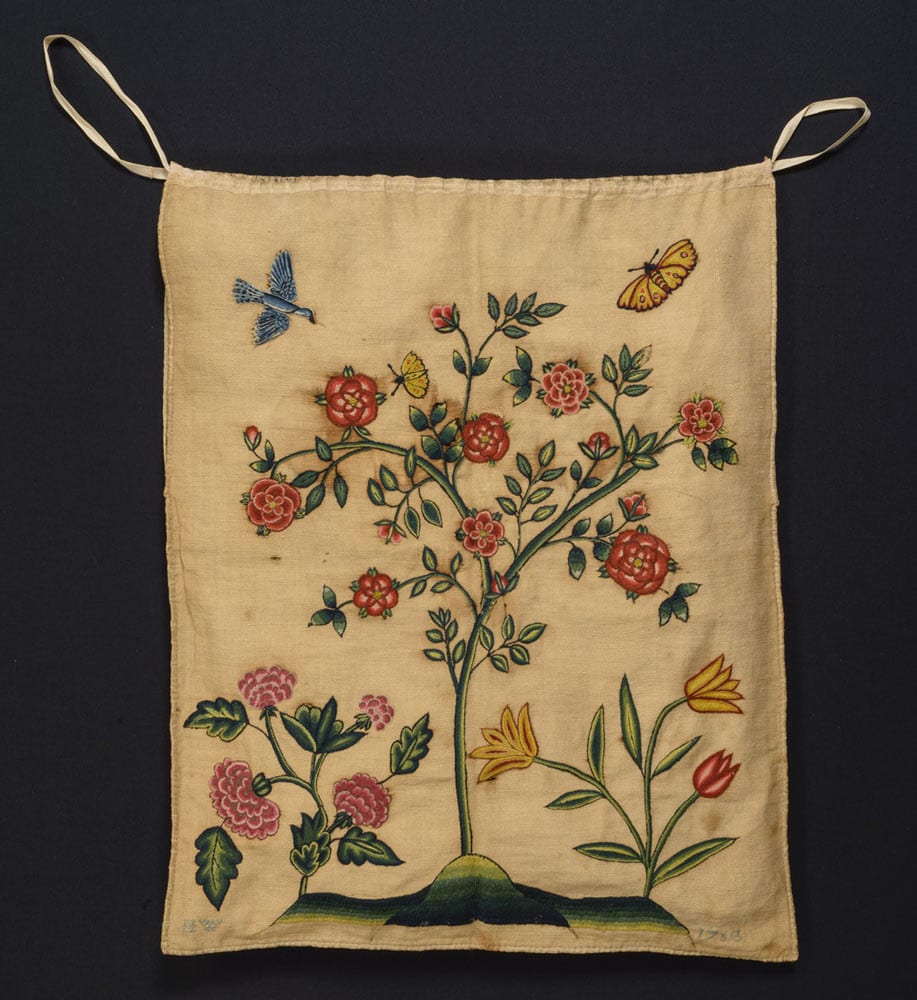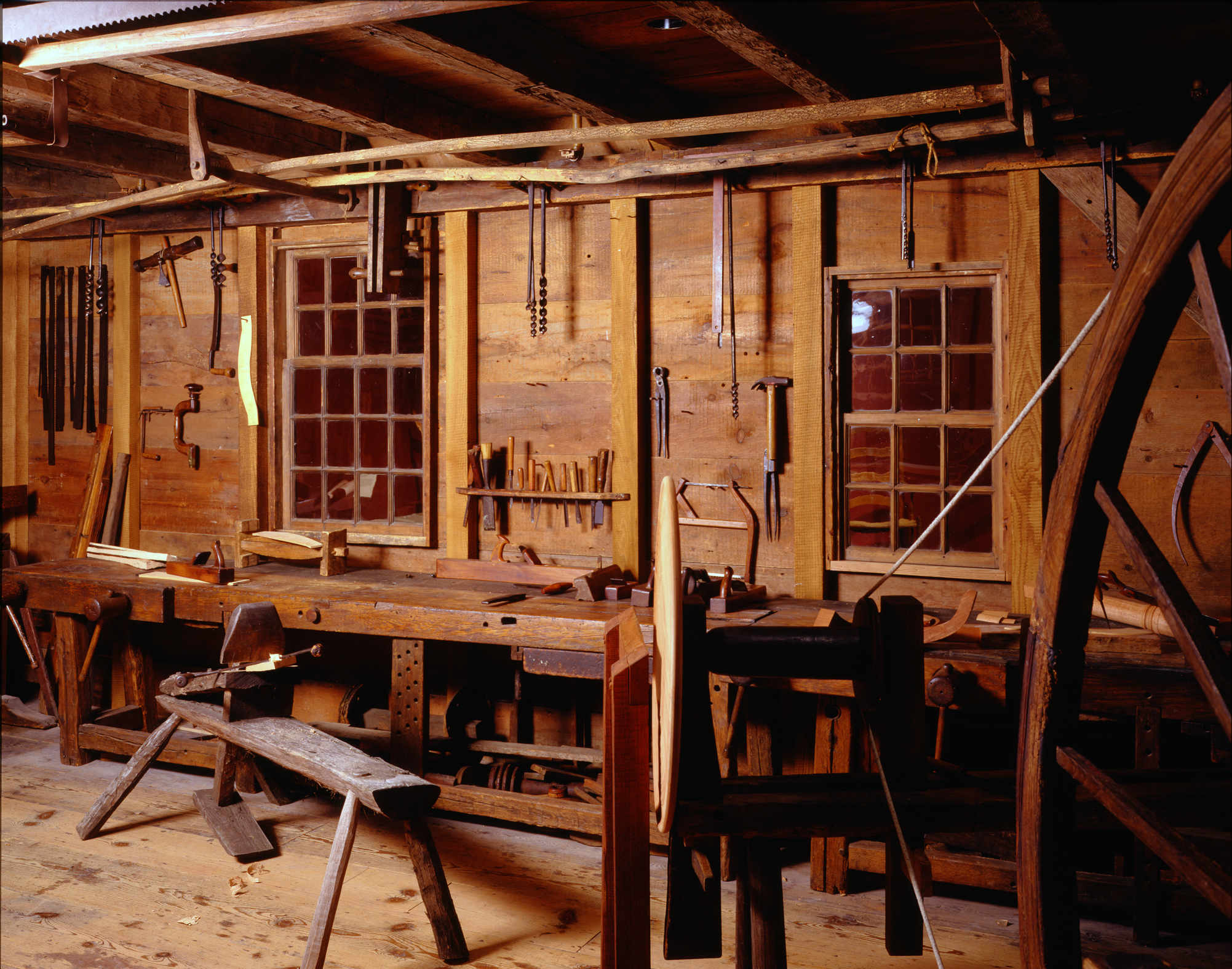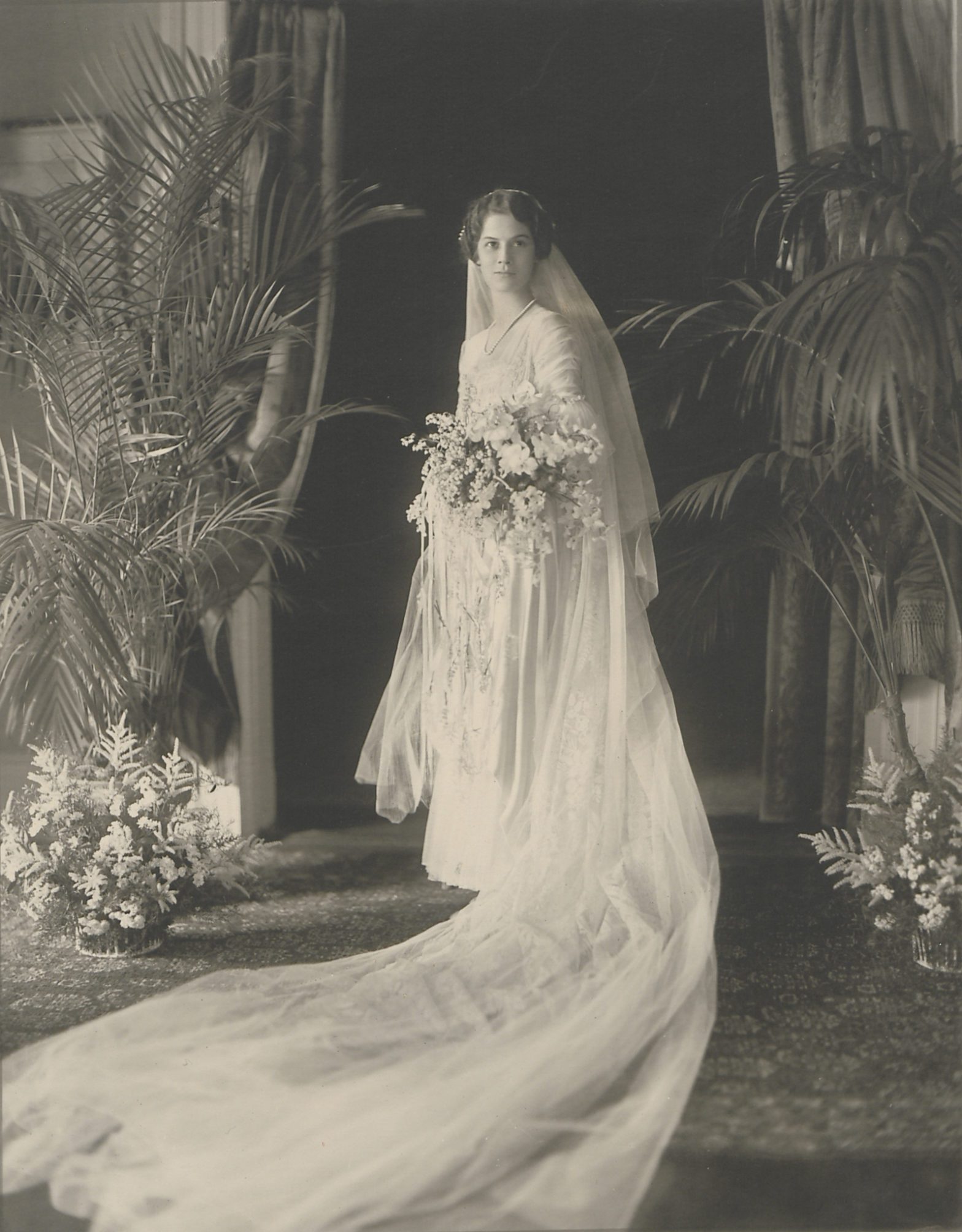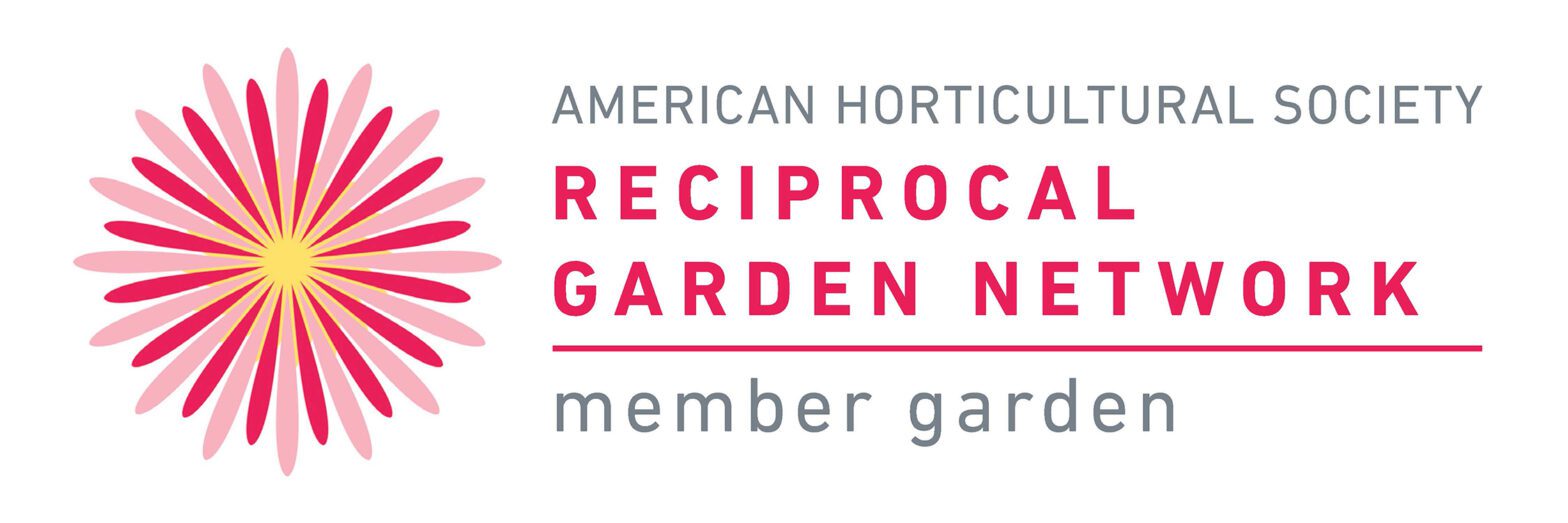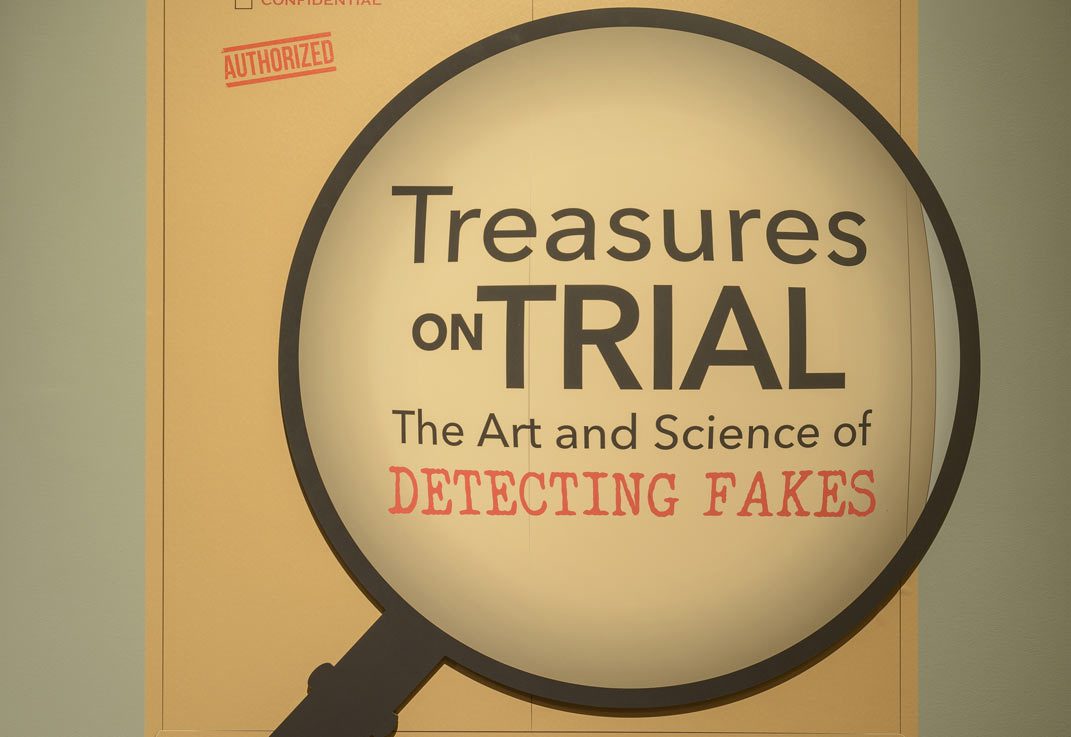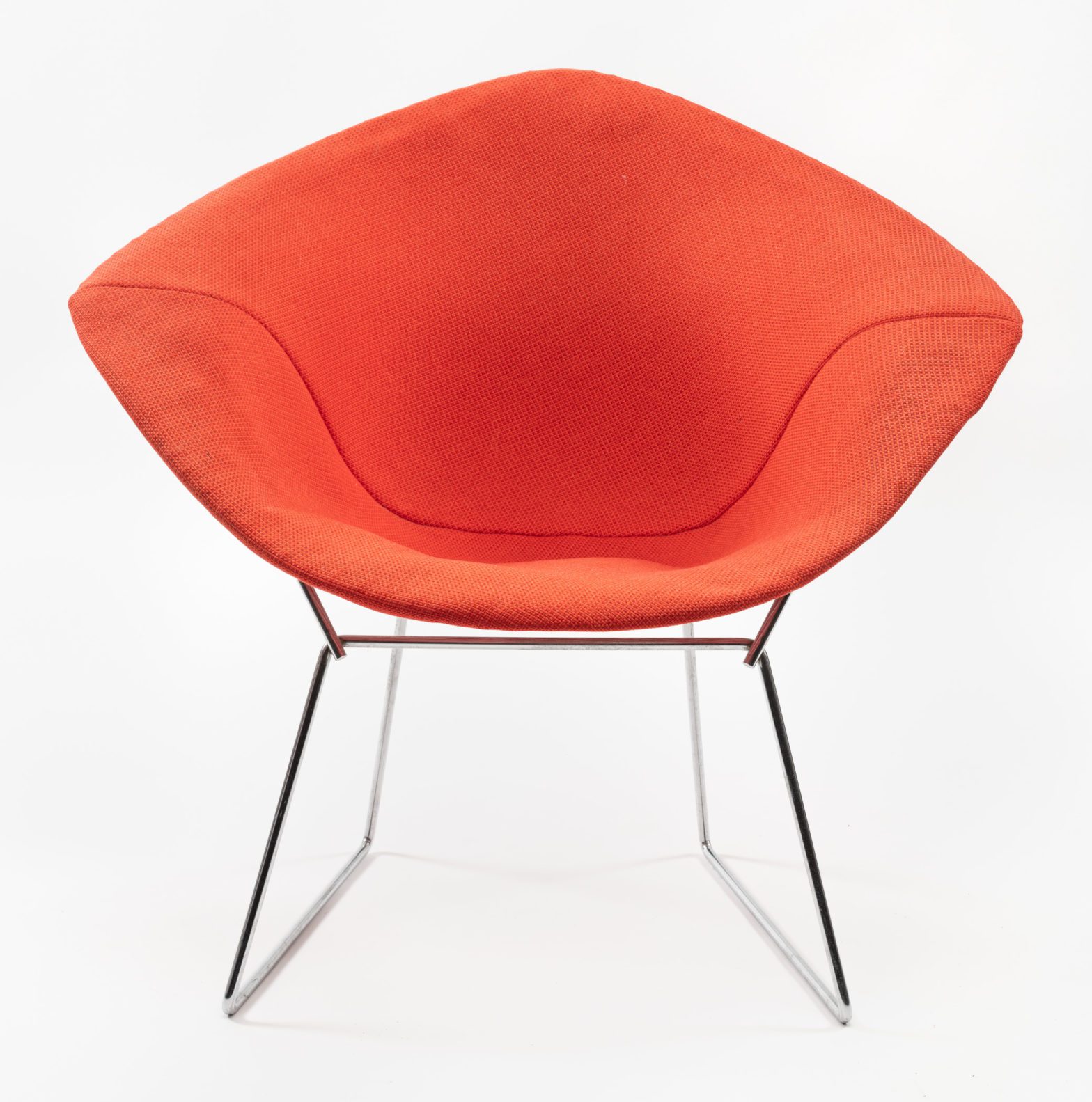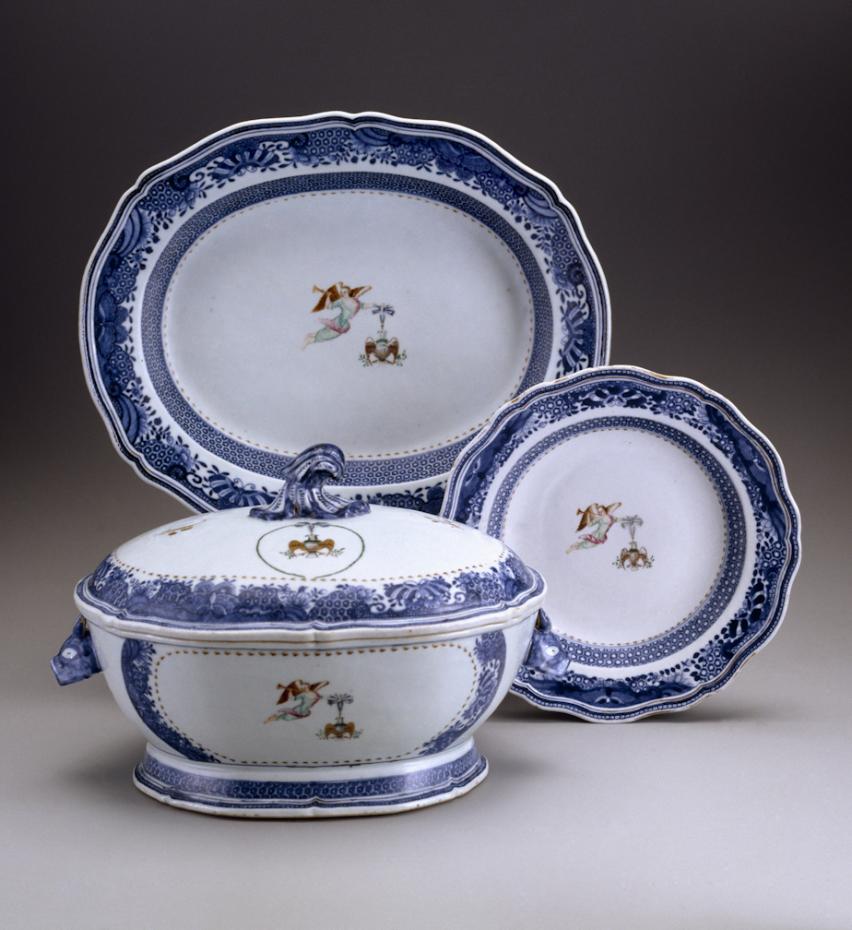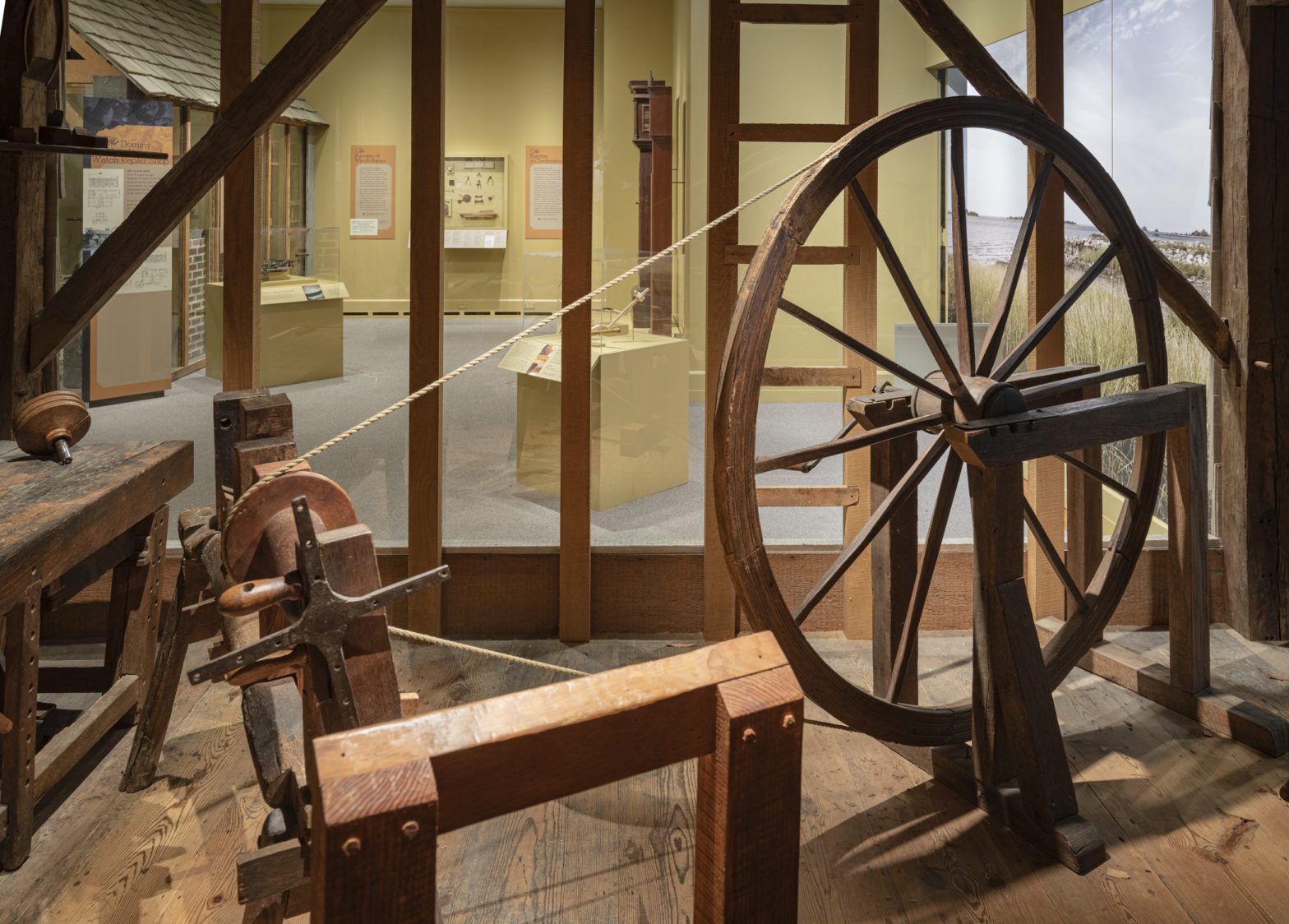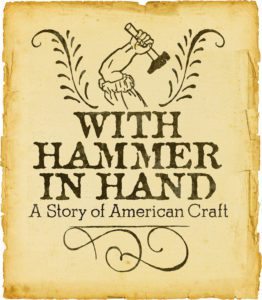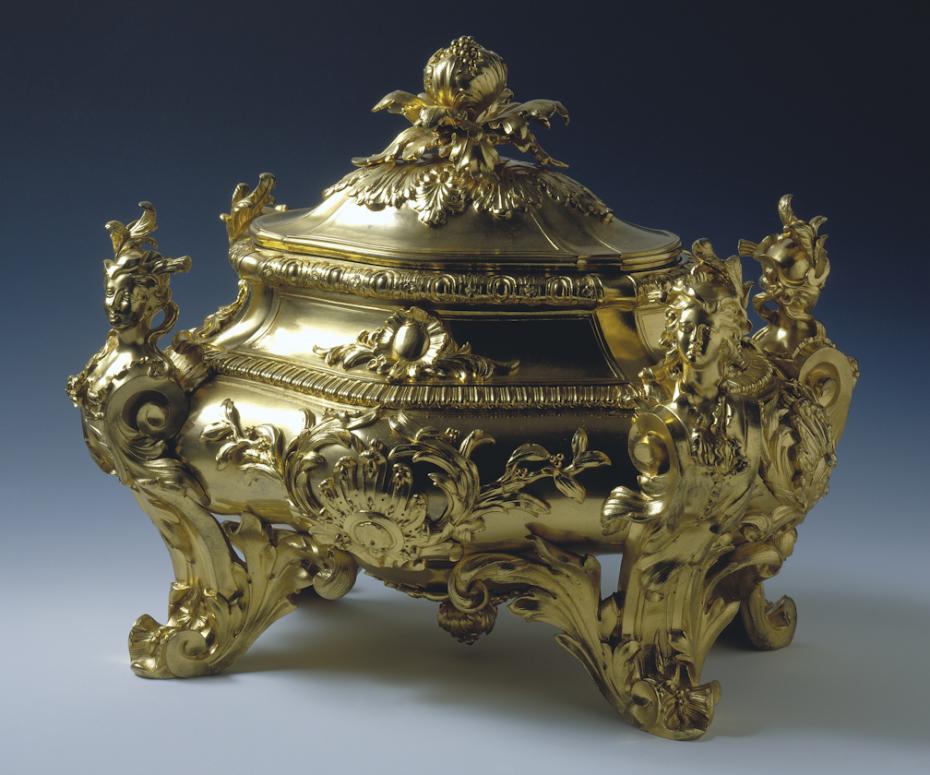The Winterthur Garden Internship Program began in 1991 and is a continuation of H. F. du Pont’s educational background and lifetime of experience in horticulture, landscape design, and estate management. The program’s mission is to help educate the next generation of horticulturists and environmental stewards while preserving and maintaining the spectacular treasure that is the Winterthur Garden and estate.
Internships are available in the following areas:
- Arboriculture (1 position)
- Grounds Management (1 position)
- Horticulture (4 positions)
- Natural Lands Stewardship (1 position)
These internships are primarily summer internships, typically running from mid-to-late May through mid-to-late August (a duration of roughly three months). The exception is the internship in Grounds Management, which can begin as early as March 1. Exact start and end dates for all internships are flexible and will be worked out with the Internship Coordinator prior to each intern’s arrival.
All interns work a 35-hour week, 7:00 am–2:30 pm, Monday– Friday. They also have the option to work an additional five hours per week. Interns receive a wage of $10 an hour and qualify for free housing on the property.
Interns work closely with experienced staff, practice horticulturally and environmentally sound techniques, and learn to appreciate the history and design of Mr. du Pont’s beloved garden and estate. Interns also participate in a number of educational activities including weekly trainings and tours, plant identification classes, and field trips to public and private horticulture destinations in the greater Philadelphia region.
Additional opportunities for interns include assisting on Saturday mornings with Kids Grow!, Winterthur’s children’s gardening program. They also participate in Regional Intern Outreach Day, a workday and networking opportunity that brings together over a hundred interns from area gardens. At any time, interns may also contribute to Winterthur’s Garden Blog.
To apply for any of our internships, please send a letter of interest, résumé, most recent transcript, and two letters of recommendation to: jobs@winterthur.org. The deadline for most applications is April 1 (except for the Grounds Management internship, which is due by February 1). Searches will continue beyond the deadline if suitable candidates have not been identified. (Please note: Winterthur is currently unable to consider applicants from countries outside the United States.)
Have a question about the Winterthur Garden Internship Program? Please contact the Internship Coordinator: Nicole Schmid, Administrative Assistant – Garden, Winterthur Museum, Garden & Library, 5105 Kennett Pike, Winterthur, DE 19735, 302.888.4779, nschmi@winterthur.org.
